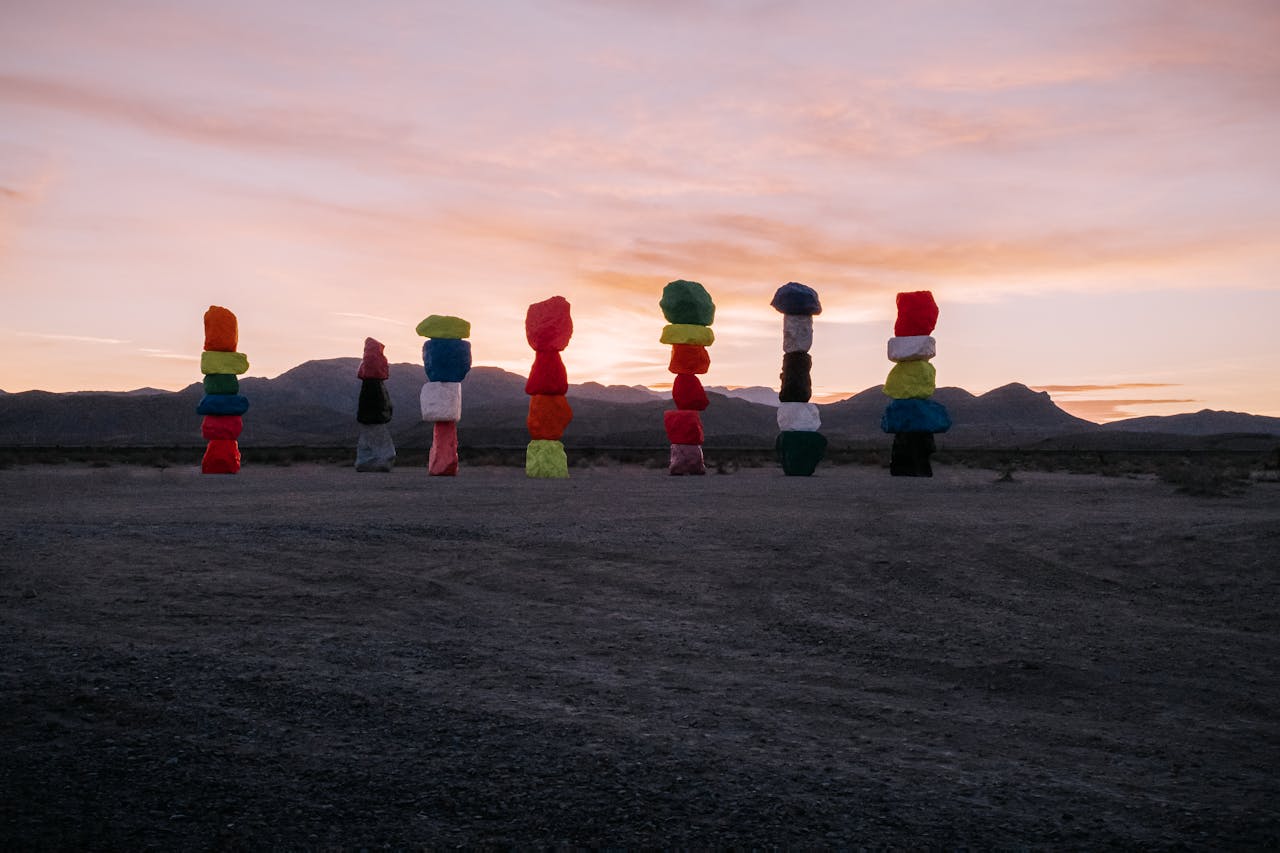
From boring to Wow! (My experience at Disney)
Por: Dr. Roch, El 25 julio, 2023
I want to share with you the incredible experience of working for Epcot Disney and Disney Company.
Disney is a magical world for learning about service quality and creating wow experiences.
At Disney, they don’t have employees; they have cast members who prepare themselves every day to put on a show, which is part of the secret behind their exceptional experiences.
Moving from being a spectator to becoming a consultant and providing feedback to Disney on areas of improvement and opportunities was a great challenge.
In Disney, they don’t have customers; they have spectators or guests who come to visit their home or their show.
Any company can create that feeling in its customers.
The first tool Disney uses is the understanding that experiences are not coincidental; they must be trained and managed.
The starting point is the famous journey map, understanding what the customer will do from the moment they visit you. The first point of contact must not fail. The last point of contact is the fireworks, which must also not fail. The first and last points of contact with the customer are key.
Another crucial point is managing expectations versus reality. What does the customer expect, and what are you actually delivering?
Understanding the concept of setting expectations helps you know what the customer expects you to provide, so you can understand how they will leave. Generally, we don’t know what the customer expects from us. Therefore, in the world of experiences, satisfying a customer is no longer enough.
If we want to be memorable, we need to surprise the customer, so that when they leave the organization, they say, ‘I left feeling different.’
A great experience must be like a great story, where they enter one way and leave another. That’s what we create in our experiences, like the Master in Sales we have with salespeople from different industries and countries. You can find more details on the website.
If we want to be different, we must learn to design original experiences.
To do this, three pillars are essential:
The first one is the most boring word in the marketing world: Processes. Without processes, there is no magic, it’s rule number one.
Processes allow you to plan and stay ahead of the game. By being proactive, you save time and money.
Processes will teach you how to recover service. When managing a customer experience, you might make mistakes, as no organization is perfect. But what matters is how you recover the service.
The second detail to manage: Places. People become complacent and act automatically.
Do you know how we need to work to create experiences that differentiate us from the rest?
Manage things in a way that pays attention to the smallest details. Remember what I teach: “the devil is in the details.” If you don’t take care of them, they will appear.
We need to pay attention to those details that the market or the competition takes for granted, as they will make the experience different.
Lastly, people. There won’t be a great show if the cast members don’t believe in it first. To achieve this, we’ve created a tool that combines the famous journey map with the experience design.
Every time we look for improvement opportunities, we analyze each point of contact.
First: Do we have a process in place or not?
Second: Are the details well managed? Is everything in place to ensure these points of contact are positive?
Third: People. The three magical questions taught by the world of experiences are: Were their expectations met at this conference? Would they buy from me again, or come back to my organization? And, most importantly, Would they recommend me?
Thank you for reading. We’ll keep communicating closely. Dr. Roch






Deja un comentario
Lo siento, debes estar conectado para publicar un comentario.